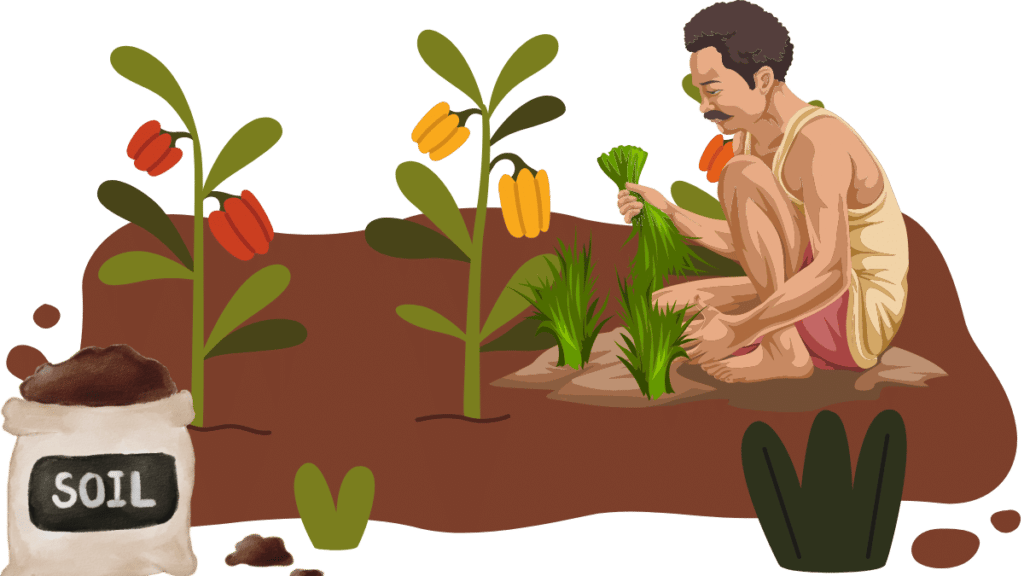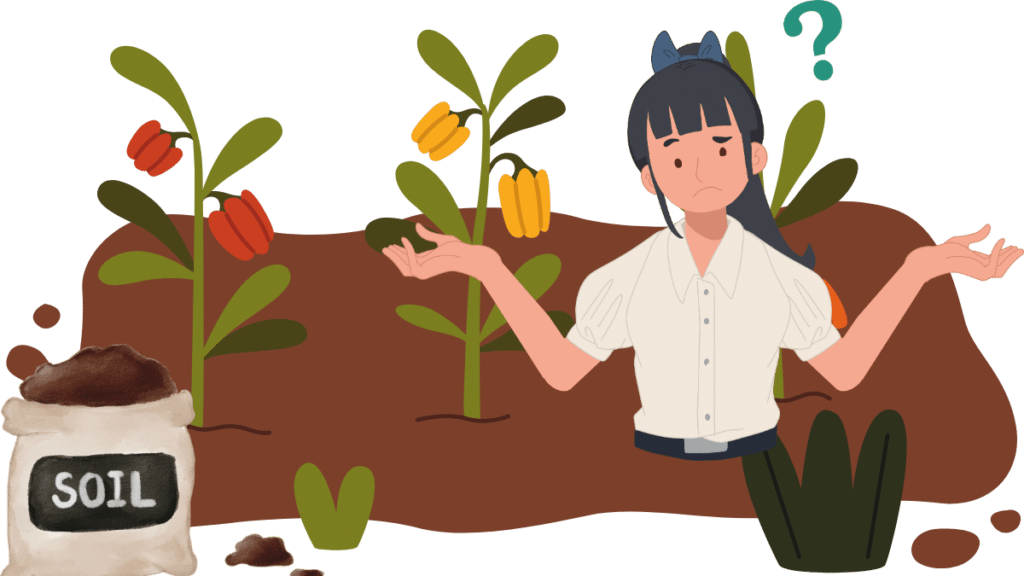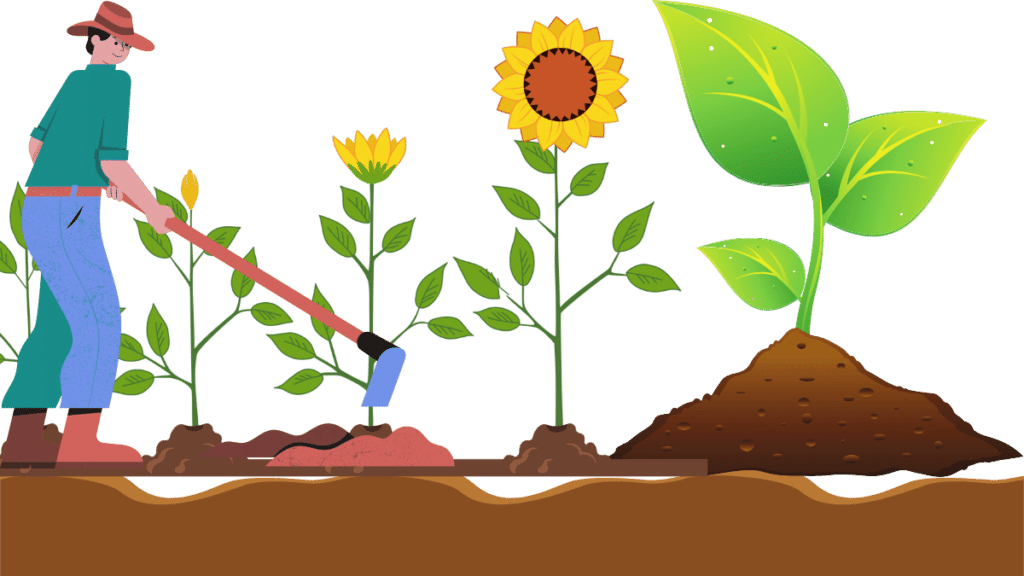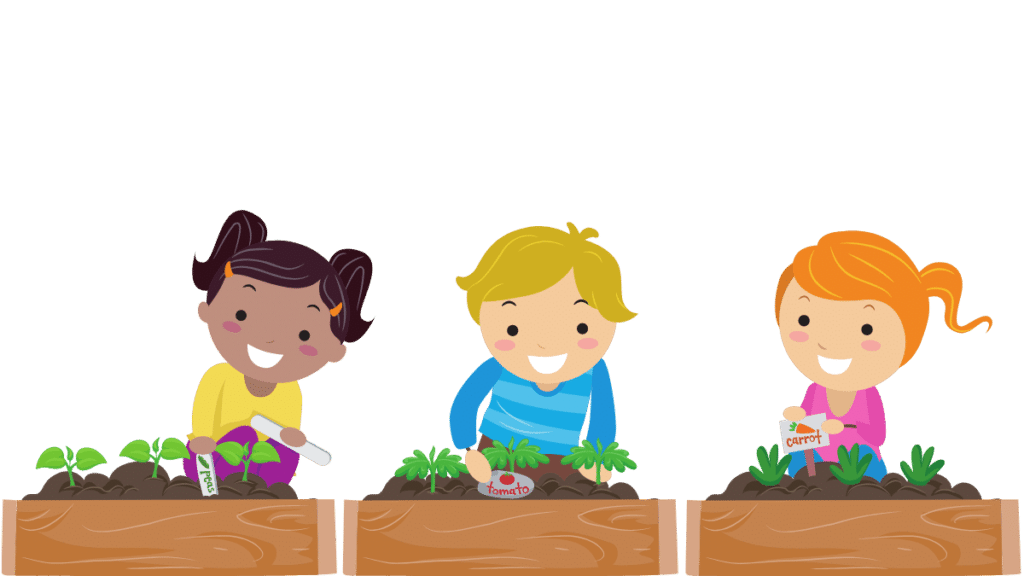Are you ready to start your own vegetable garden but need help knowing where to begin? The essential step to a successful garden is preparing the soil after selecting the ideal location. But the question arises How to Prepare Your Soil? The proper soil preparation will ensure that your plants have the nutrients they need to grow strong and healthy.

In this article, we’ll show you how to prepare the soil for a vegetable garden and give tips for maintaining healthy soil for years to come.
How to Prepare Your Soil – Dig Into a Bountiful Harvest
Starting a vegetable garden is an exciting project that can provide you with fresh produce and a sense of accomplishment. But to achieve a thriving garden, it’s essential to have well-prepared soil. Whether you’re planting in raised beds or containers, the below steps will give you the knowledge and tools you need to lay the foundation for a successful garden. So grab your gloves, and let’s get started.
Step 01: Understanding Your Soil
Before you start preparing your soil, it’s essential to understand what kind of soil you have. There are three main types of soil, clay and loam. Clay soil is heavy and doesn’t drain well, while sand soil drains quickly but doesn’t retain moisture or nutrients. Loam soil is a mixture of clay, sand, and organic matter and is ideal for growing vegetables.

To determine what type of soil you have, take a sample and squeeze it in your hand. If it crumbles easily, it’s sand. Or if it stays in a ball and doesn’t crumble, it’s clay. If it forms a ball but crumbles when tapped, it’s loam.
Step 02: Improving Your Soil
Once you know what type of soil you have, it’s time to start improving it. If you have clay soil, you’ll need to add organic matter such as compost, peat moss, or manure to help improve its structure and drainage. If you have sand soil, you’ll need to add organic matter to help retain moisture and nutrients.

Adding organic matter to your soil is also a great way to improve its overall health. Organic matter helps to increase the soil’s ability to retain water and nutrients, improve its structure, and support a healthy population of soil microorganisms.
Step 03: Testing Your Soil
It’s a good idea to have your soil tested before planting. Soil testing will give you an accurate picture of your soil’s nutrients and pH levels, which will help you determine what additions you need to make. You can purchase a soil test kit from your local garden center or have a professional soil test done.

Step 04: Adjusting Soil pH
Your soil’s acidity or alkalinity level is determined by its pH level. Most vegetables prefer a soil pH between 6.0 and 7.0, considered neutral. If your soil is too acidic or too alkaline, you can adjust the pH by adding specific amendments. For example, if the soil is too acidic, add agricultural lime to raise the pH. If your soil is too alkaline, you can add sulphur to lower the pH.

Step 05: Creating Raised Beds
If you have poor soil or want to make gardening easier, consider creating raised beds. Raised beds are essentially garden beds built above the ground, using various materials such as wood, stone, or brick. Using raised beds, you can fill the bed with a mix of soil, compost, and other organic matter, providing the perfect growing environment for your vegetables.

Your Soil is Ready to Grow Vegetables
Soil preparation is the key to a successful vegetable garden. Understanding your soil, improving it with organic matter, testing it for nutrients and pH levels, and making necessary adjustments will give your plants the foundation they need to grow strong and healthy. Whether you create raised beds or garden directly in the ground, the proper soil preparation will set the stage for a bountiful harvest.

